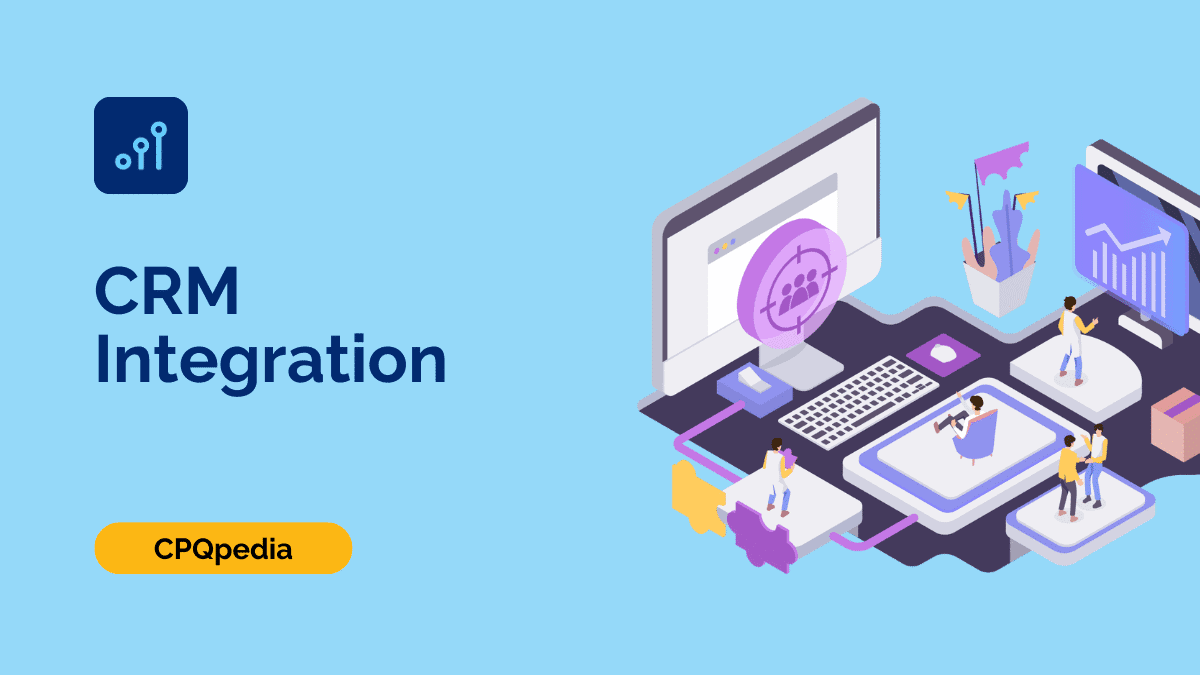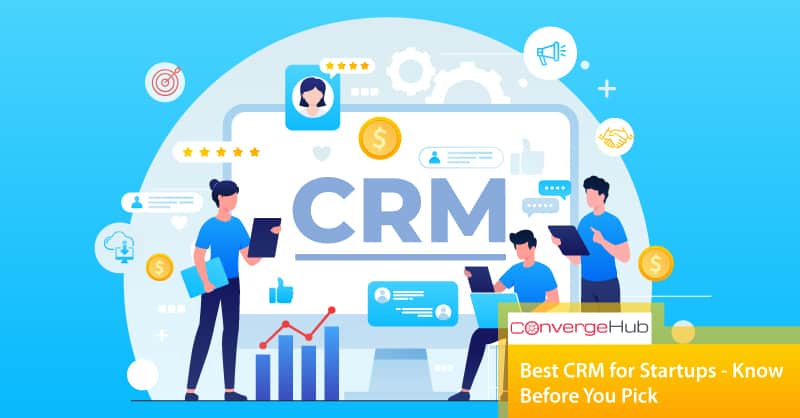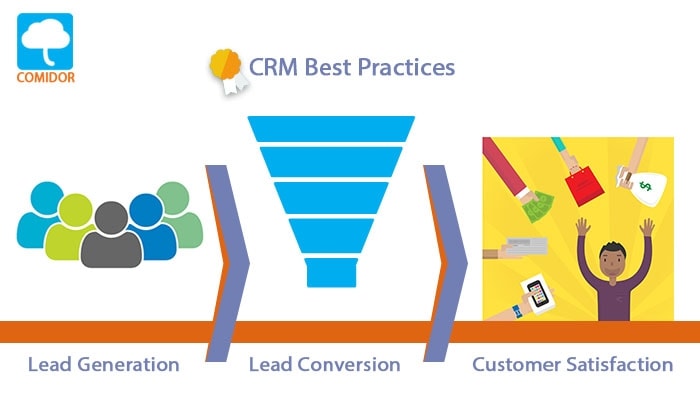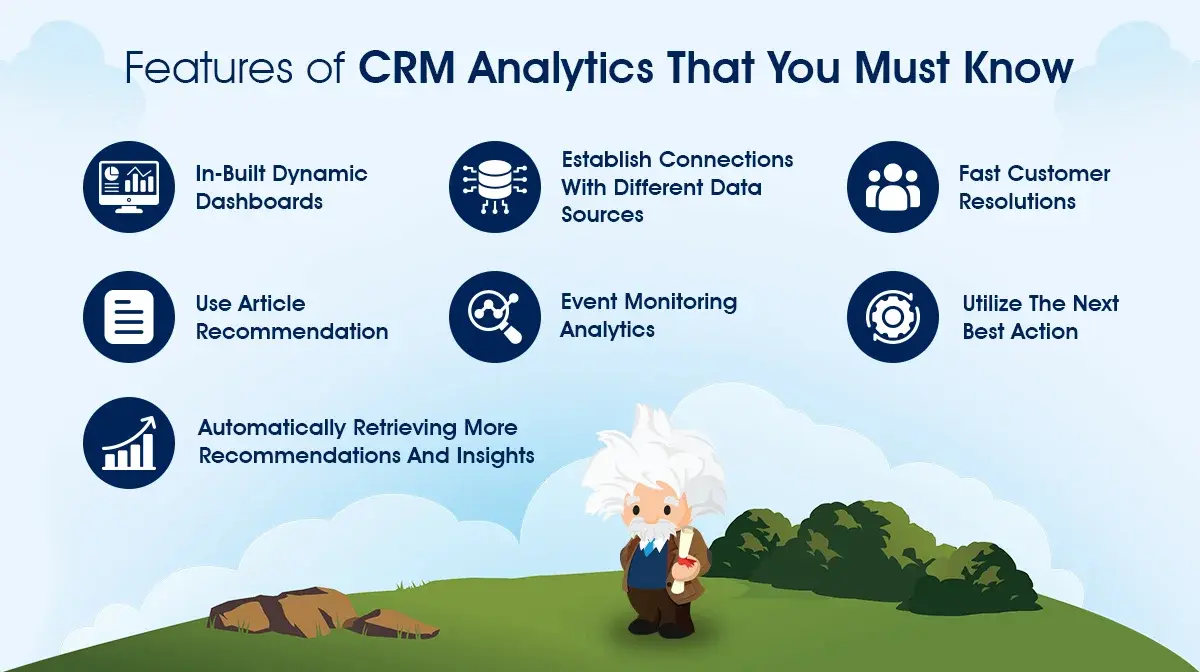Unlock CRM Marketing Success: A/B Testing Strategies for Explosive Growth
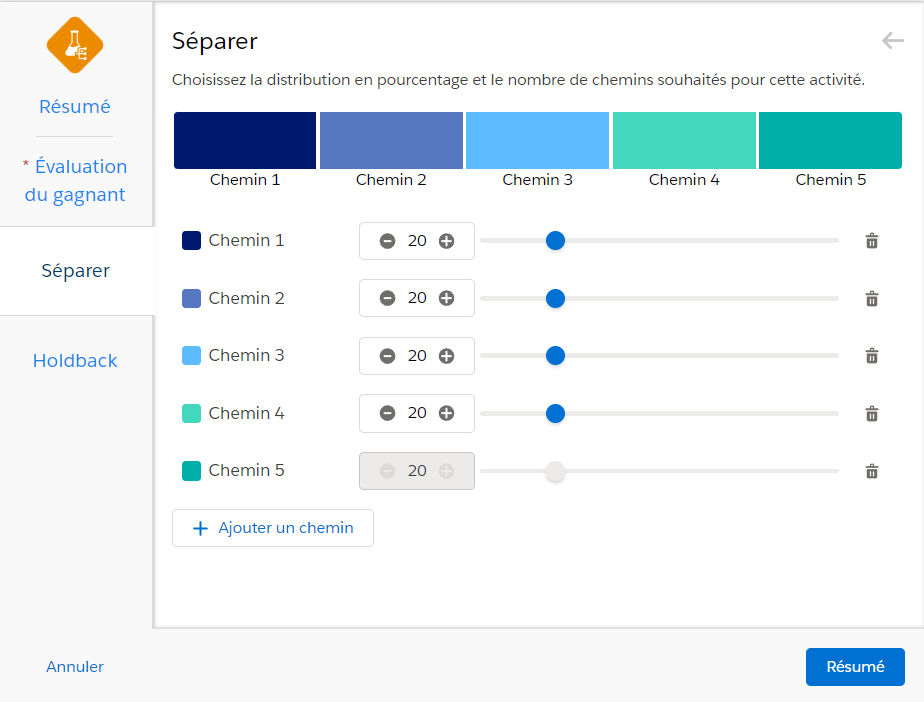
The Power of CRM Marketing and A/B Testing: A Dynamic Duo
In the ever-evolving digital landscape, businesses are constantly seeking ways to optimize their marketing efforts and achieve sustainable growth. Customer Relationship Management (CRM) marketing and A/B testing have emerged as two of the most potent tools in a marketer’s arsenal. CRM marketing focuses on building and nurturing relationships with customers, while A/B testing allows businesses to experiment and refine their strategies for maximum impact. When combined, these two methodologies create a powerful synergy that can transform marketing campaigns and drive exceptional results.
This comprehensive guide delves into the world of CRM marketing and A/B testing, exploring their individual strengths and, more importantly, how they can be leveraged together to achieve remarkable success. We’ll examine the core concepts of CRM marketing, the intricacies of A/B testing, and the practical strategies for implementing these techniques to optimize your CRM campaigns. Get ready to unlock the secrets to explosive growth and customer engagement.
Understanding CRM Marketing: Building Meaningful Customer Relationships
CRM marketing is more than just sending out emails; it’s a strategic approach to building and cultivating lasting relationships with your customers. It involves using data and insights to understand customer behavior, personalize interactions, and deliver relevant content at the right time. The goal is to create a positive customer experience that fosters loyalty, encourages repeat purchases, and ultimately drives revenue.
At its core, CRM marketing encompasses several key components:
- Data Collection and Management: Gathering and organizing customer data from various sources, including website interactions, purchase history, social media engagement, and customer service interactions.
- Customer Segmentation: Dividing your customer base into distinct groups based on demographics, behavior, preferences, and other relevant characteristics.
- Personalization: Tailoring marketing messages, offers, and content to individual customer preferences and needs.
- Automation: Using software and tools to automate repetitive marketing tasks, such as email campaigns, lead nurturing, and customer onboarding.
- Campaign Management: Planning, executing, and tracking marketing campaigns across multiple channels to achieve specific business objectives.
- Analytics and Reporting: Measuring the performance of CRM marketing efforts and using data to make informed decisions and optimize future campaigns.
The benefits of CRM marketing are numerous, including:
- Increased Customer Loyalty: By providing personalized experiences and building strong relationships, CRM marketing fosters customer loyalty and reduces churn.
- Improved Customer Retention: CRM strategies help businesses identify and address customer needs, leading to higher retention rates.
- Enhanced Customer Lifetime Value: By encouraging repeat purchases and building long-term relationships, CRM marketing increases the lifetime value of each customer.
- Higher Conversion Rates: Personalized marketing messages and targeted offers are more likely to resonate with customers, resulting in higher conversion rates.
- Reduced Marketing Costs: By focusing on the right customers with the right messages, CRM marketing optimizes marketing spend and reduces wasted resources.
- Better ROI: The combined benefits of CRM marketing ultimately lead to a higher return on investment (ROI) for marketing efforts.
Demystifying A/B Testing: The Science of Optimization
A/B testing, also known as split testing, is a powerful methodology for optimizing marketing campaigns and improving their performance. It involves creating two or more versions of a marketing element, such as an email subject line, landing page, or call-to-action button, and randomly showing them to different segments of your audience. By analyzing the results, you can determine which version performs better and use that information to refine your campaigns and achieve your desired outcomes.
The A/B testing process typically involves the following steps:
- Define Your Goals: Clearly identify the specific goals you want to achieve with your A/B tests, such as increasing conversion rates, improving click-through rates, or reducing bounce rates.
- Choose Your Elements: Select the marketing elements you want to test, such as headlines, body text, images, calls-to-action, or website layouts.
- Create Variations: Develop two or more variations of each element, making sure to change only one element at a time to isolate the impact of each change.
- Implement the Test: Use A/B testing software or tools to set up and run your tests, ensuring that each variation is shown to a representative sample of your audience.
- Analyze the Results: Monitor the performance of each variation and analyze the data to determine which version is performing better.
- Implement the Winning Version: Once you have identified the winning version, implement it in your campaign and continue to monitor its performance.
- Iterate and Optimize: A/B testing is an ongoing process. Continuously test different elements and refine your campaigns to achieve the best possible results.
The benefits of A/B testing are numerous, including:
- Data-Driven Decision Making: A/B testing allows you to make decisions based on data rather than guesswork, leading to more effective marketing strategies.
- Improved Conversion Rates: By optimizing your marketing elements, A/B testing can significantly increase conversion rates and drive more sales.
- Enhanced User Experience: A/B testing helps you understand what resonates with your audience, leading to a better user experience and increased engagement.
- Increased ROI: By optimizing your marketing campaigns, A/B testing maximizes your return on investment and reduces wasted resources.
- Faster Learning: A/B testing allows you to quickly learn what works and what doesn’t, allowing you to adapt and improve your strategies more effectively.
- Competitive Advantage: By constantly refining your marketing efforts, A/B testing gives you a competitive edge in the marketplace.
The Power of Combining CRM Marketing and A/B Testing
When CRM marketing and A/B testing are combined, the results can be truly transformative. By leveraging the insights gained from customer data and the power of experimentation, businesses can create highly effective marketing campaigns that drive exceptional results. The synergy between these two methodologies is undeniable, and the potential for growth is immense.
Here’s how CRM marketing and A/B testing work together:
- Customer Segmentation for Targeted Testing: CRM data allows you to segment your audience based on demographics, behavior, and preferences. This enables you to create highly targeted A/B tests that are relevant to specific customer groups. For example, you can test different email subject lines for customers who have previously purchased a specific product or service.
- Personalization for Enhanced Testing: CRM data can be used to personalize A/B tests, making them more relevant and engaging for individual customers. For example, you can test different versions of a landing page that are personalized with the customer’s name, location, or purchase history.
- Data-Driven Insights for Optimization: CRM data provides valuable insights into customer behavior and preferences, which can be used to inform A/B testing strategies. For example, you can analyze your CRM data to identify the most effective calls-to-action or the best time to send out emails.
- Continuous Improvement through Iteration: The combination of CRM marketing and A/B testing creates a continuous cycle of improvement. By analyzing the results of your A/B tests, you can gain insights that inform your CRM strategies, and vice versa. This iterative process allows you to constantly refine your marketing efforts and achieve better results.
- Improved Customer Experience: By using CRM data to personalize A/B tests and optimize your marketing campaigns, you can create a better customer experience that fosters loyalty and drives engagement.
Practical A/B Testing Strategies for CRM Marketing Success
Implementing A/B testing within your CRM marketing strategy requires careful planning and execution. Here are some practical strategies to get you started:
1. Email Marketing Optimization
Email marketing is a cornerstone of most CRM strategies, and it’s ripe for A/B testing. Consider these areas for experimentation:
- Subject Lines: Test different subject lines to see which ones get the highest open rates. Experiment with urgency, personalization, and curiosity-provoking language.
- Email Body Content: A/B test different email body content, including the tone, length, and format. Try different headlines, subheadings, and calls-to-action.
- Call-to-Action (CTA) Buttons: Experiment with different CTA button text, colors, and placement. Make sure your CTAs are clear, concise, and compelling.
- Email Layout and Design: A/B test different email templates and designs to see which ones resonate best with your audience. Consider factors such as image placement, font size, and color scheme.
- Send Times: Test different send times to determine when your audience is most likely to open and engage with your emails.
- Personalization: Test different levels of personalization, such as including the customer’s name in the subject line or body of the email.
2. Landing Page Optimization
Landing pages are critical for converting leads into customers. Use A/B testing to refine these pages:
- Headlines: Test different headlines to see which ones capture the attention of your audience and clearly communicate your value proposition.
- Body Copy: Experiment with different body copy to see which ones are most persuasive and address the needs and pain points of your audience.
- Images and Videos: A/B test different images and videos to see which ones are most engaging and effectively communicate your message.
- Forms: Test different form lengths and layouts to see which ones are most effective at capturing leads without scaring them away.
- Call-to-Action (CTA) Buttons: Experiment with different CTA button text, colors, and placement to see which ones drive the highest conversion rates.
- Layout and Design: A/B test different landing page layouts and designs to see which ones are most visually appealing and effectively guide visitors through the conversion process.
3. Website Optimization
Your website is often the first point of contact for potential customers. A/B testing can help optimize its performance:
- Navigation: Test different navigation structures to see which ones make it easier for visitors to find the information they need.
- Homepage Layout: Experiment with different homepage layouts to see which ones are most effective at engaging visitors and driving them to other areas of your website.
- Product Pages: A/B test different product page layouts, descriptions, and images to see which ones drive the highest conversion rates.
- Pricing Pages: Test different pricing structures and layouts to see which ones are most appealing to your target audience.
- Blog Content: A/B test different blog headlines, content formats, and calls-to-action to see which ones are most engaging and drive the most traffic.
4. Customer Journey Optimization
A/B testing can be used to optimize the entire customer journey, from the first touchpoint to the final purchase. Consider these areas for experimentation:
- Onboarding Emails: Test different onboarding email sequences to see which ones are most effective at engaging new customers and guiding them through the product or service.
- Welcome Messages: A/B test different welcome messages to see which ones make the best first impression and set the stage for a positive customer experience.
- Cart Abandonment Emails: Test different cart abandonment email sequences to see which ones are most effective at recovering lost sales.
- Customer Service Interactions: A/B test different customer service scripts and responses to see which ones are most effective at resolving customer issues and building loyalty.
- Loyalty Programs: Test different loyalty program structures and rewards to see which ones are most appealing to your target audience.
5. Segmentation and Personalization Tests
Leverage your CRM data to create highly targeted A/B tests:
- Segment-Specific Messaging: Test different messaging for different customer segments, such as customers who have previously purchased a specific product or service.
- Personalized Content: A/B test different versions of your content that are personalized with the customer’s name, location, or purchase history.
- Product Recommendations: Test different product recommendation algorithms to see which ones are most effective at driving sales.
- Dynamic Content: Test different versions of your website or email content that dynamically change based on the customer’s behavior or preferences.
Tools and Technologies for CRM Marketing and A/B Testing
Several tools and technologies can help you implement CRM marketing and A/B testing strategies. Here are some of the most popular options:
CRM Platforms
- Salesforce: A leading CRM platform that offers a wide range of features for managing customer relationships, automating marketing tasks, and analyzing data.
- HubSpot: A popular CRM platform that offers a free CRM, marketing automation tools, and a comprehensive suite of features for managing customer interactions.
- Zoho CRM: A versatile CRM platform that offers a range of features for sales, marketing, and customer service.
- Microsoft Dynamics 365: A comprehensive CRM platform that integrates with other Microsoft products and services.
- Pipedrive: A sales-focused CRM platform that is designed to help businesses manage their sales pipeline and close more deals.
A/B Testing Platforms
- Google Optimize: A free A/B testing tool that integrates with Google Analytics and allows you to test different versions of your website pages.
- Optimizely: A powerful A/B testing platform that offers a wide range of features for testing and optimizing your website and marketing campaigns.
- VWO (Visual Website Optimizer): An A/B testing platform that allows you to easily create and run A/B tests on your website.
- Adobe Target: A personalization and A/B testing platform that is part of the Adobe Experience Cloud.
- Convert Experiences: A focused A/B testing platform emphasizing privacy and speed.
Email Marketing Platforms
- Mailchimp: A popular email marketing platform that offers a wide range of features for creating, sending, and tracking email campaigns.
- Sendinblue: An email marketing platform that offers a range of features for email marketing, marketing automation, and CRM.
- GetResponse: An all-in-one marketing platform that includes email marketing, landing pages, and marketing automation tools.
- ActiveCampaign: A marketing automation platform that offers a wide range of features for email marketing, CRM, and sales automation.
- Constant Contact: A user-friendly email marketing platform that is designed for small businesses.
Best Practices for Successful CRM Marketing and A/B Testing
To maximize your chances of success with CRM marketing and A/B testing, consider these best practices:
- Define Clear Objectives: Before you start any A/B test, clearly define your goals and objectives. What do you want to achieve? What metrics will you track?
- Segment Your Audience: Use your CRM data to segment your audience into distinct groups based on demographics, behavior, and preferences.
- Focus on One Element at a Time: When conducting A/B tests, change only one element at a time to isolate the impact of each change.
- Run Tests for Sufficient Duration: Run your A/B tests for a sufficient duration to gather enough data and ensure statistically significant results.
- Analyze Your Data: Carefully analyze the results of your A/B tests and use the data to inform your future marketing strategies.
- Iterate and Optimize: A/B testing is an ongoing process. Continuously test different elements and refine your campaigns to achieve the best possible results.
- Prioritize Customer Experience: Always prioritize the customer experience when designing and implementing your marketing campaigns.
- Respect Data Privacy: Be mindful of data privacy regulations and ensure that you are collecting and using customer data responsibly.
- Stay Up-to-Date: The marketing landscape is constantly evolving. Stay up-to-date on the latest trends and technologies to remain competitive.
- Train Your Team: Ensure that your team is trained on CRM marketing and A/B testing best practices.
Common Pitfalls to Avoid
While CRM marketing and A/B testing offer tremendous potential, several pitfalls can hinder your progress. Here are some common mistakes to avoid:
- Testing Too Many Variables at Once: Trying to test too many elements simultaneously makes it difficult to determine which changes are driving the results.
- Not Running Tests Long Enough: Running tests for too short a period can lead to inaccurate results.
- Ignoring Statistical Significance: Making decisions based on results that are not statistically significant can lead to incorrect conclusions.
- Lack of Clear Goals: Without clear goals, it’s difficult to measure the success of your A/B tests.
- Not Analyzing the Data: Failing to analyze the data and understand the insights gained from your A/B tests is a missed opportunity.
- Ignoring Customer Feedback: Customer feedback is invaluable. Don’t ignore it when designing your marketing campaigns.
- Not Adapting to Changes: The market is constantly changing. Be prepared to adapt your strategies based on the latest trends.
- Poor Data Quality: Inaccurate or incomplete data will lead to inaccurate results.
- Lack of Personalization: Failing to personalize your marketing messages can lead to low engagement.
- Not Staying Consistent: CRM and A/B testing require consistency to show results.
Measuring Success and Key Performance Indicators (KPIs)
To determine the effectiveness of your CRM marketing and A/B testing efforts, you need to track the right KPIs. Here are some key metrics to monitor:
- Conversion Rates: The percentage of visitors who complete a desired action, such as making a purchase, signing up for a newsletter, or filling out a form.
- Click-Through Rates (CTR): The percentage of users who click on a link or button in your marketing materials.
- Open Rates: The percentage of recipients who open your emails.
- Bounce Rates: The percentage of visitors who leave your website after viewing only one page.
- Customer Acquisition Cost (CAC): The cost of acquiring a new customer.
- Customer Lifetime Value (CLTV): The predicted revenue a customer will generate over their lifetime.
- Churn Rate: The percentage of customers who stop doing business with you.
- Return on Investment (ROI): The profitability of your marketing efforts.
- Website Traffic: The number of visitors to your website.
- Lead Generation: The number of leads generated from your marketing campaigns.
Regularly review these KPIs to assess the performance of your campaigns and make data-driven decisions.
The Future of CRM Marketing and A/B Testing
The future of CRM marketing and A/B testing is bright, with exciting developments on the horizon. Here are some trends to watch:
- Artificial Intelligence (AI): AI is increasingly being used to automate marketing tasks, personalize customer experiences, and provide insights into customer behavior.
- Machine Learning (ML): ML algorithms can be used to predict customer behavior, identify patterns, and optimize marketing campaigns.
- Hyper-Personalization: Businesses are moving towards hyper-personalization, which involves tailoring marketing messages and experiences to individual customer preferences and needs.
- Omnichannel Marketing: Businesses are embracing omnichannel marketing, which involves delivering consistent and seamless experiences across multiple channels.
- Data Privacy and Security: With growing concerns about data privacy, businesses will need to prioritize data security and compliance with regulations.
- Voice Search Optimization: With the rise of voice search, businesses will need to optimize their content for voice-based queries.
- Augmented Reality (AR) and Virtual Reality (VR): AR and VR technologies are being used to create immersive marketing experiences.
By staying ahead of these trends, businesses can ensure that their CRM marketing and A/B testing strategies remain effective and relevant.
Conclusion: Mastering the Art of CRM Marketing and A/B Testing
CRM marketing and A/B testing are indispensable tools for businesses seeking to thrive in today’s competitive landscape. By understanding the core principles of each methodology and leveraging their combined power, businesses can build meaningful customer relationships, optimize their marketing campaigns, and achieve sustainable growth.
This guide has provided a comprehensive overview of CRM marketing and A/B testing, including practical strategies, tools, and best practices. By implementing these techniques and continuously refining your approach, you can unlock the secrets to explosive growth and customer engagement.
Remember, the key to success lies in data-driven decision-making, continuous experimentation, and a relentless focus on the customer. Embrace the power of CRM marketing and A/B testing, and watch your business flourish.

